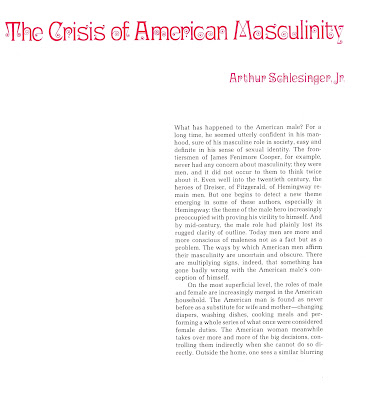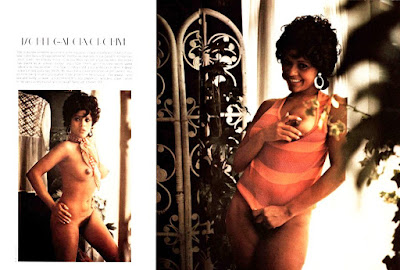Strange Seventies Textbooks
In the early 70s there was a push to reboot the ‘composition’ textbooks intended for introductory English classes in colleges and universities. According to faculty in Ed Schools and English departments, textbooks needed to move away from the staid presentation of short stories, poems, and play and novel excerpts found in traditional composition books, into a ‘multi media’ or 'mixed media' format that was modern, cutting-edge, and resonated with the Younger Generation.
According to an abstruse 2019 doctoral dissertation by Nidhi Rajkumar, two exemplars of the multimedia textbook were ‘Montage: Investigations in Language’, by William Sparke and Clarke McKowen, and ‘Mixed Bag: Artifacts from the Contemporary Culture’ by Helene Hutchinson. Both titles were released in 1970.
‘Mixed Bag’ is a compilation of stories, poems, song lyrics, and essays, with an emphasis on material issued in the 1950s and 1960s. Visual media is represented by advertisements, paintings, photographs, and graphic art, such as cartoons and comics.
The chapters are organized around the ‘heavy’ themes of Family, Violence, Race, Death, Religion and……………TIGERS ?!
Groovy !
'Mixed Mag' is markedly superior to 'Montage', which is.......utterly incoherent. The authors of 'Montage' plainly were carried away by the lure of presenting mixed-media formatting; they Overdosed on it, in fact.Typesetting and printing 'Montage' must have been a nightmare; in 1970 there was no such thing as desktop publishing, no digital typesetting, no Adobe InDesign, no Photoshop. Each page was its own collage, painstakingly assembled by hand and photographed. All 495 pages.
Reading the content in ‘Mixed Bag’ and to some extent, 'Montage', is to travel back in time more than 50 years, to era of political and cultural ferment. Racial conflict, the Vietnam War, the Generation Gap, and (in an oblique way) the Sexual Revolution.
The presented material is, by 21st century standards, provocative, even offensive. Indeed, some of the material in 'Mixed Bag' likely would get it banned from contemporary classrooms and lead to the suspension or dismissal of course instructors………..but things were a little different, back in 1970.









































.jpg)

.jpg)






































